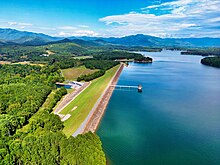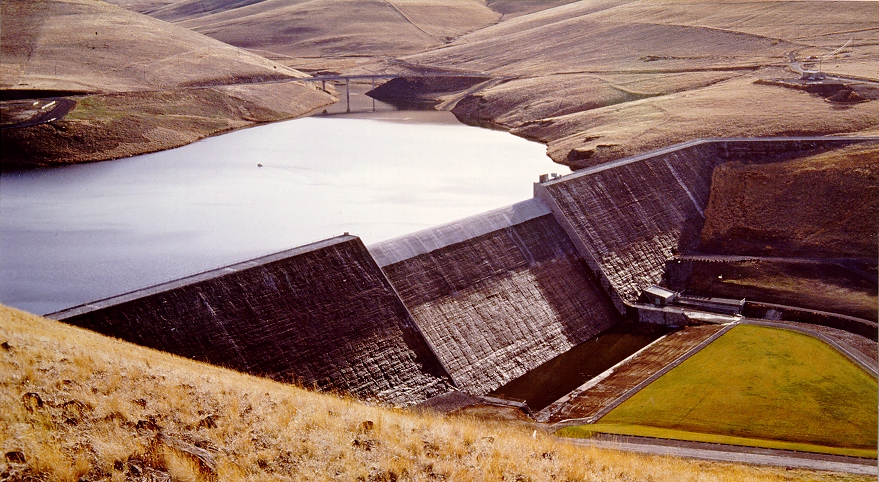Dams are impressive structures that harness the power of water, serving various purposes such as flood control, irrigation, hydropower generation, and water supply. They are categorized based on their design, construction materials, and intended functions. Here’s an overview of the different types of dams:
- Embankment Dams:
- These dams are constructed by compacting layers of earth or rockfill materials.
- They are typically massive in size and can be built on various foundation types.
- Embankment dams are further classified into earthfill dams (made of compacted soil) and rockfill dams (made of compacted rock).
- They are suitable for wide valleys and can be constructed with locally available materials, making them cost-effective.
- Gravity Dams:
- Gravity dams rely on their own weight and the force of gravity to resist water pressure.
- They are typically made of concrete and have a triangular cross-section, with a wide base and a narrow crest.
- Gravity dams are known for their stability and durability, making them suitable for high dams and reservoirs.
- Arch Dams:
- Arch dams are curved in plan, with their convex side facing upstream.
- They transfer the water pressure to the abutments (valley walls) through arch action.
- Arch dams are suitable for narrow canyons with strong rock foundations.
- They are known for their elegant design and efficient use of materials.
- Buttress Dams:
- Buttress dams consist of a series of vertical or inclined supports (buttresses) that support a deck or face slab.
- The deck or face slab acts as a water barrier, while the buttresses resist the water pressure.
- Buttress dams are more economical than gravity dams in terms of material usage but require stronger foundations.
- Composite Dams:
- Composite dams combine features of different dam types to optimize their performance and cost-effectiveness.
- For example, a composite dam might have an embankment section for the lower portion and a concrete gravity or arch section for the upper portion.
Other Dam Types:
- Diversion Dams: These are low dams built to divert water from a river into a canal or other waterway for irrigation or other purposes.
- Cofferdams: These are temporary dams built to enclose a construction site in a river or other body of water, allowing for dry working conditions.
- Check Dams: These are small dams built across a stream or gully to control erosion, trap sediment, and recharge groundwater.
The selection of the appropriate dam type depends on various factors, including the topography of the site, the geological conditions, the purpose of the dam, and the available construction materials and budget. Geotechnical engineers and dam designers play a crucial role in assessing these factors and recommending the most suitable dam type to ensure the safety, functionality, and longevity of the structure.
admin Changed status to publish July 31, 2024



